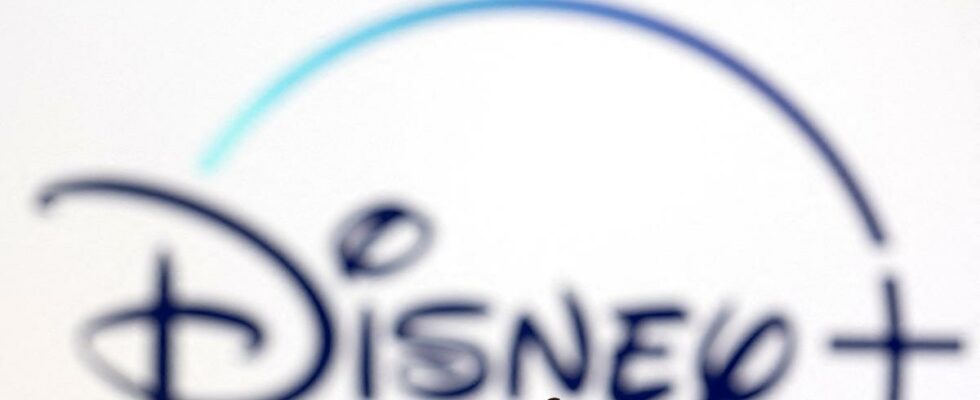Disney+ lost 2.4 million subscribers at the end of 2022. DADO RUVIC / REUTERS
Bob Iger eliminates 7000 jobs and recomposes the group between three entities.
Bob Iger is launching his third Disney reorganization. Recalled to the management of the communications giant last November after nearly two years of retirement, he announced 7,000 job cuts and a savings plan of 5.5 billion dollars. The workforce reductions represent 4% of jobs in the Burbank (California) group.
Disney’s first transformation under Bob Iger began in 2005. Just appointed head of the group, the former head of the ABC Television subsidiary, embarked on Mickey’s studio in a series of acquisitions of studios with very strong franchises (Pixar, Marvel Entertainment, Lucasfilm and finally Fox). The second dates back to 2018 with the announcement of the future launch of a global video-on-demand service, Disney +, which will become the main distribution platform for the Hollywood giant’s productions.
Disney’s third reconfiguration comes under pressure from activist investors, like Nelson Peltz, who is seeking a board seat and plans to fight for it at the company’s April 3 general meeting. It is partly to coax shareholders allied to Nelson Peltz’s fund that Bob Iger divides Disney into three entities: the media division, with all the cinema, television and Disney + activities on the one hand, the television and sports streaming, ESPN, on the other hand, and finally everything else with theme parks, consumer products and the cruise line.
To restore the group’s profitability, Bob Iger promises 3 billion dollars in savings in the budget of the first pole. The $2.5 billion in additional savings relate to activities outside of content production. This point is important: Bob Iger considers that the specificity of Disney lies in the way of telling stories and creating characters. Bob Chapek, his predecessor, ousted last November, had alienated the group’s “creatives” by seeking to better control their expenses and projects.
TO HAVE ALSO – “Raise salaries, not shareholders!”: demonstration in Rennes for a salary increase
Concessions to activist shareholders
There is no question for the moment of selling ESPN, as some activists demand. This option had been studied under Bob Chapek and discarded, specifies Bob Iger. The latter seems to have scored points on Wednesday evening with Trian Partners. Nelson Peltz’s fund issued a statement stating: “We are happy that Disney listens to us”.
Two other important elements are likely to calm the revolt of Disney shareholders, a group whose share price has plunged 43% since March 2021, even taking into account the 5.4% rebound in the title on Wednesday evening on the over-the-counter market. , after the announcement of the Iger plan. The boss of Disney, 71, suggests that he could in a few months restore the dividend paid to shareholders and suspended during the pandemic. In addition, in a significant change in strategy likely to generate revenue more quickly, Disney is again considering selling certain film or series licenses to other media, rather than keeping them exclusive for its own subsidiaries.
The new transformation of Disney is announced in the wake of the publication of quarterly results which are rather less bad than expected. The big black spot remains the losses generated by Disney +: they more than doubled to exceed 1 billion dollars during the last quarter. For the first time since the launch of Disney +, the number of subscribers to the video on demand platform is declining. The one percent drop brings the number of paying households down to less than 162 million.
In addition, the decline of Disney’s traditional television activities continues, with a 5% drop in turnover and a 16% plunge in operating profit. Fortunately, the return of tourism and travel is boosting attendance at Disney’s theme parks, whose quarterly turnover climbed 21% to nearly $9 billion, while profits jumped 25% to more than $3 billion.
TO HAVE ALSO – Streaming platform vs. French cinema: who is the most audacious? Etienne Sorin’s analysis
